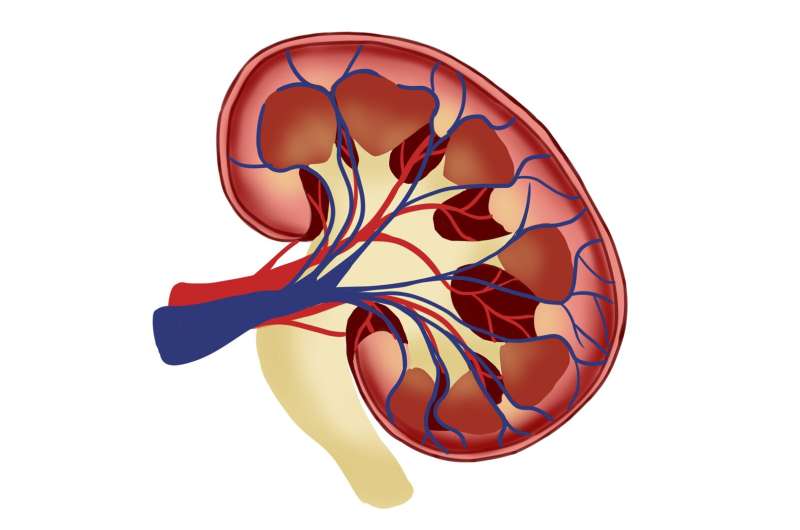Enhanced Detection of Genetic Factors in Chronic Kidney Disease Using Multi-Marker Approach

A groundbreaking multi-marker approach enhances the detection of genetic factors in chronic kidney disease, offering new avenues for targeted treatments and improved understanding of kidney health.
Recent research from Queensland University of Technology (QUT) and the University of Queensland has demonstrated that a novel multi-marker method significantly improves the identification of genetic factors associated with chronic kidney disease (CKD). This comprehensive study leverages the integration of multiple health measurements to better understand kidney function and aid in the development of targeted therapies. CKD encompasses various kidney conditions with different causes, including diabetes, high blood pressure, infections, and lifestyle factors, leading to a gradual deterioration of kidney function.
Traditional assessments primarily rely on single biomarkers, such as estimated glomerular filtration rate (eGFR), which often fail to capture the full complexity of kidney health. Recognizing these limitations, the research team developed an innovative approach that combines 21 kidney-related health measures into two million composite traits, analyzing data from over 300,000 individuals in the UK Biobank.
This method differs from conventional multivariate approaches by systematically exploring and selecting optimal combinations of biomarkers, resulting in more powerful traits for disease detection. Notably, approximately 50,000 of these composite traits outperformed eGFR in identifying CKD, with one trait combining albumin, cystatin C, eGFR, gamma-glutamyltransferase, HbA1c, low-density lipoprotein, and microalbuminuria showing particularly high effectiveness.
This enhanced trait sensitivity enabled researchers to uncover genetic signals missed by traditional metrics. For example, they identified a variant in the SH2B3 gene, previously linked to kidney function in larger studies, which was not detectable with single biomarkers in this dataset, confirming the approach's potential to reveal critical genetic insights even in moderate-sized cohorts.
Importantly, these findings were validated in an independent group of Irish participants, underscoring the robustness of the method. This research underscores that employing such comprehensive, interpretable multi-phenotype strategies can significantly advance the understanding of CKD genetics and could be adapted for use across various biobank resources and complex diseases.
Stay Updated with Mia's Feed
Get the latest health & wellness insights delivered straight to your inbox.
Related Articles
Comprehensive Sequencing Study Finds Limited Connection Between Microbiome and Cancer
A large-scale sequencing study reveals that the presence of microbiomes in cancer tissues is much lower than previously thought, questioning their role in tumor development and diagnostics.
Understanding the Impact of Slavery and Racism in Vaccine Mandate Discourse
This article explores the complex history of racism and vaccination in the U.S., emphasizing the importance of equitable health policies and dispelling harmful myths that threaten public trust.
Moderna's New mRNA Flu Vaccine Demonstrates Superior Protection in Older Adults
Moderna's innovative mRNA flu vaccine shows significant improvement in protection among older adults, potentially transforming flu prevention strategies.
Most New Fathers Take Short or No Parental Leave After Childbirth
A recent study reveals that 64% of new fathers in the U.S. take less than two weeks of parental leave, highlighting the need for policy changes to support family involvement and well-being.



